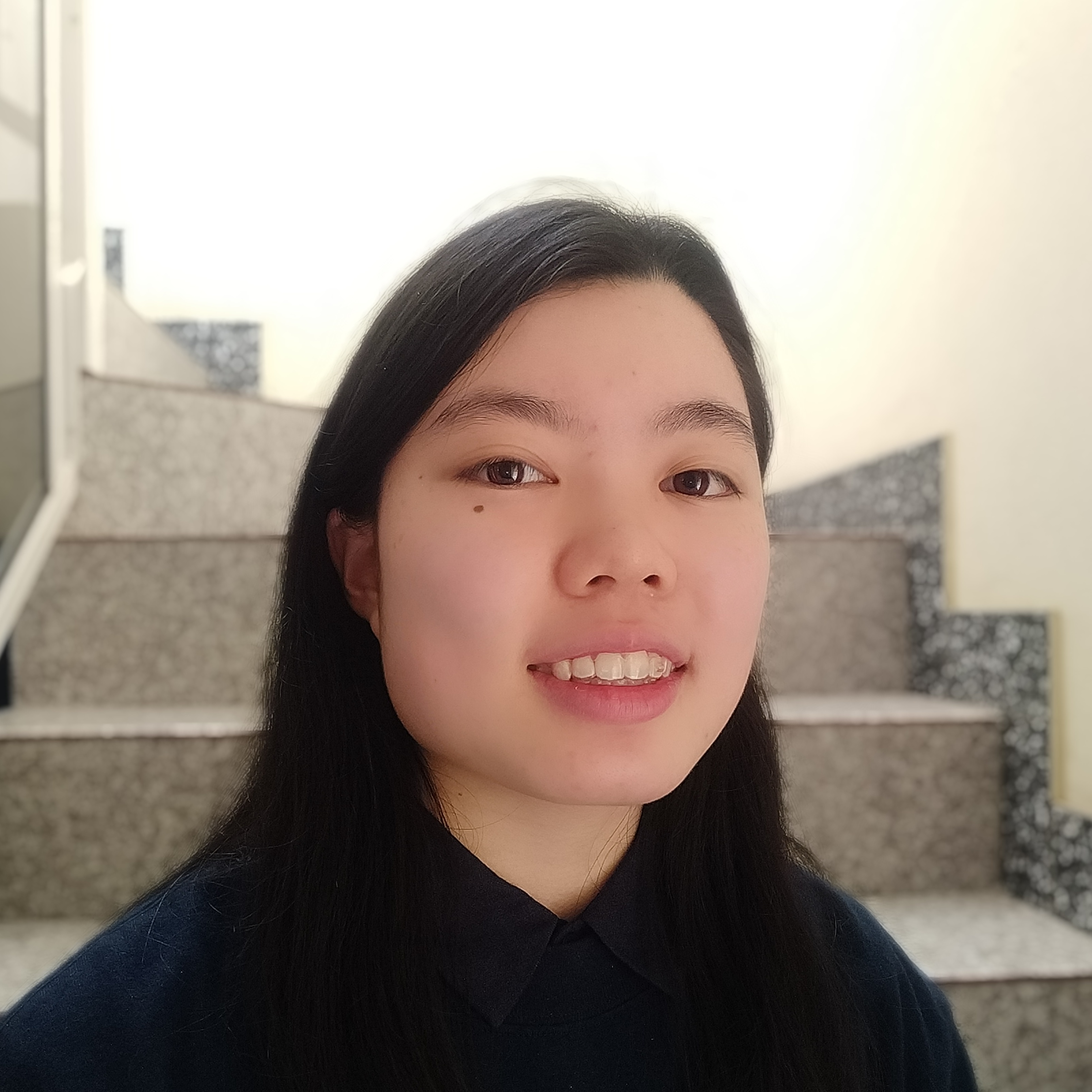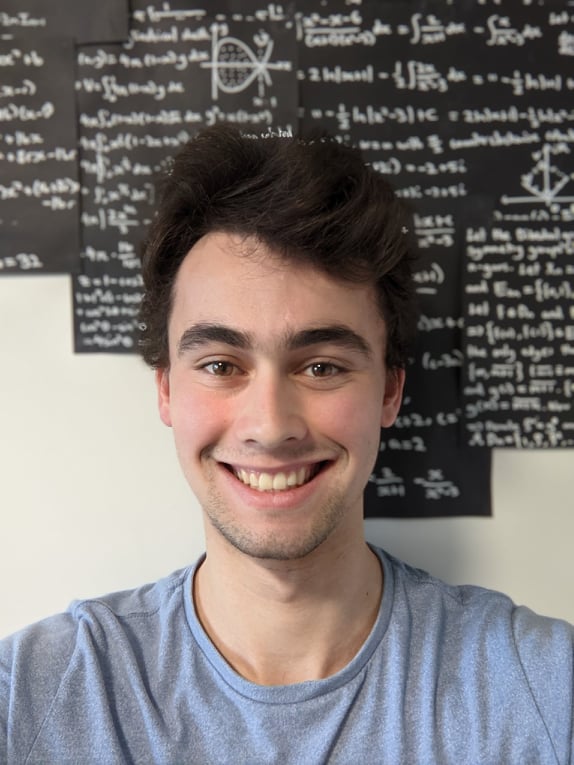Patrick Grave
Accurate identification of splice junctions using nanopore direct RNA sequencing
Understanding how genetic variants influence gene regulation is an important step towards understanding how they influence important organismal-level traits, such as human disease susceptibility. However, predicting the effect of genetic variants on gene regulation is still a difficult task. One of the key gene regulatory mechanisms is transcription factors. They are proteins that bind specific regions of DNA and affect the levels of gene expression. This project aims to develop a new method, based on neural networks, that combines genetic variants with transcription factor binding information to predict the effect of genetic variants on gene regulation. I will build & train the proposed neural network, use it to predict the effects of genetic variants on gene regulation, assess the performance of this approach, and compare it with other methods relying solely on DNA sequence data.

Patrick Grave
The University of Melbourne
Patrick Grave is a 3rd year undergraduate studying Statistics and Stochastic Processes at the University of Melbourne. He is interested in developing new statistical techniques that can be used to make better decisions about the world.
Patrick has contributed to research at the Walter and Eliza Hall Institute, receiving a Metcalf Scholarship, and the Center for Eye Research Australia, receiving the Hector Maclean Scholarship. He received the 2021 Maurice H. Belz First Prize in Statistics.
Aside from mathematics, Patrick runs a non-profit, the Melbourne Space Program, that runs challenging engineering projects to provide hands-on education to university students. He co-founded Omnisci Magazine at the University of Melbourne because he believes in the value of science communication – sharing science with the world.
In his spare time, Patrick enjoys running, hiking, reading classic literature, and flying light aircraft. He loves getting out into the world, trying new things, and going on adventures. For Patrick, mathematics is a way of solving problems, appreciating solutions, and seeing the world through a different lens.




